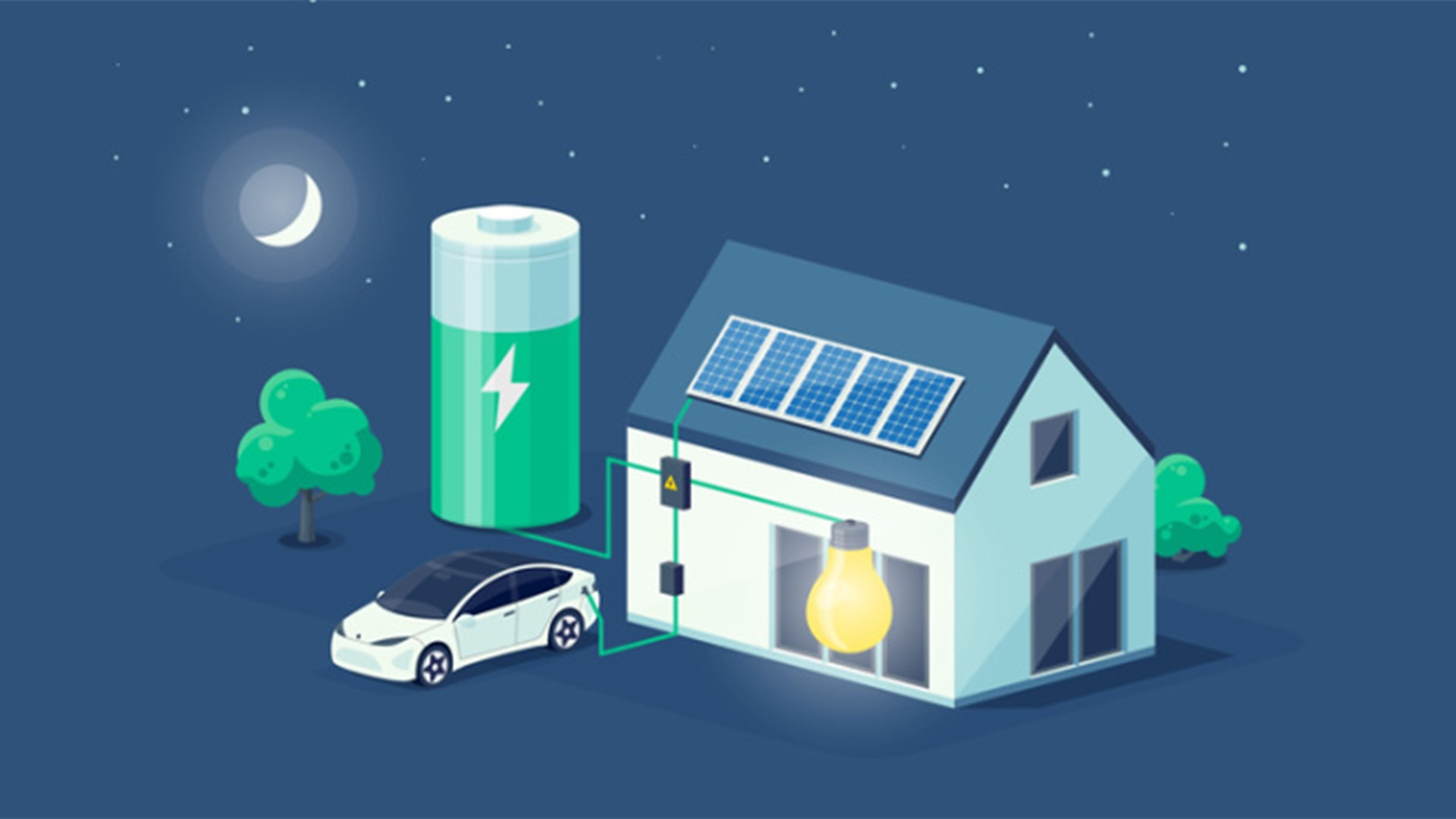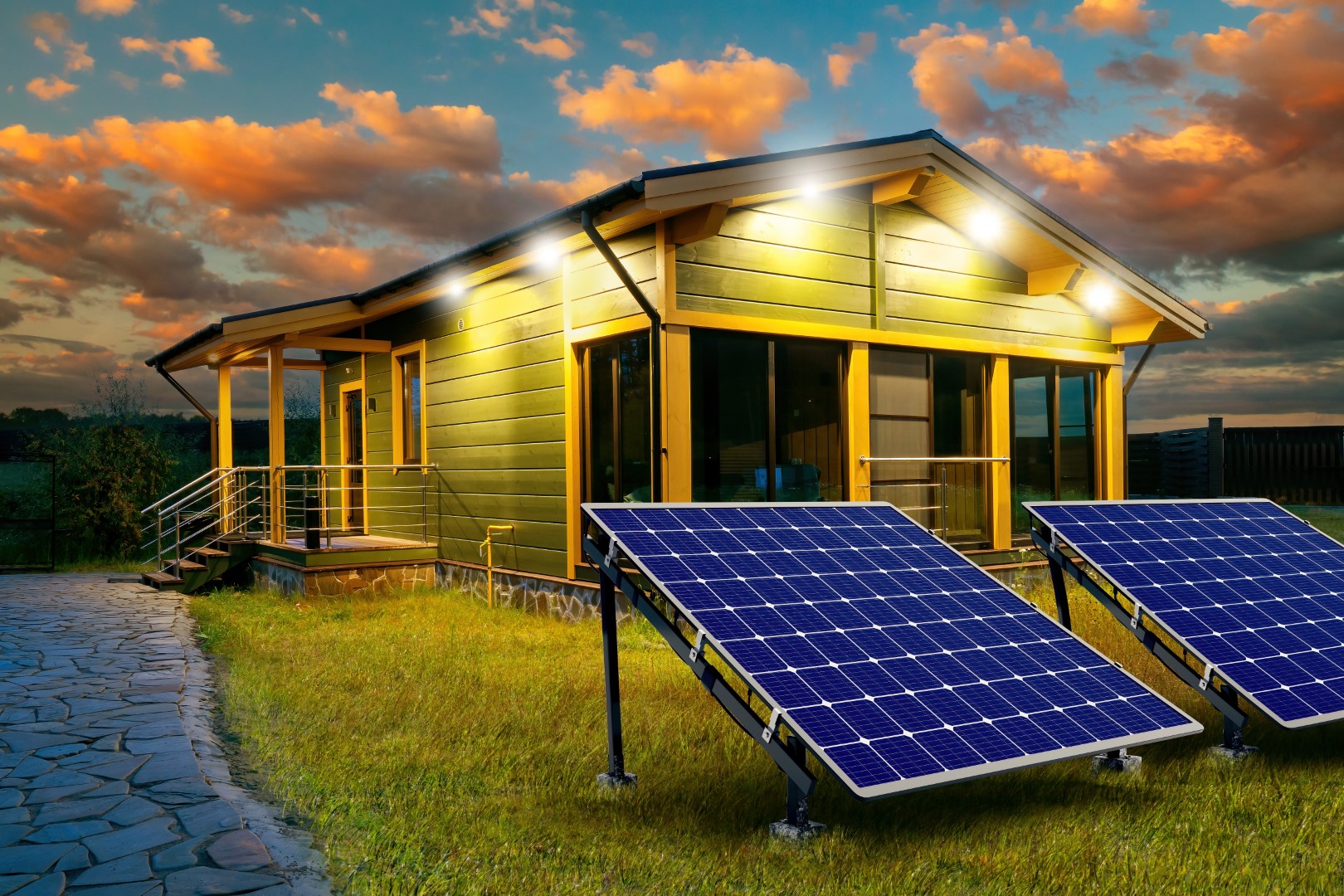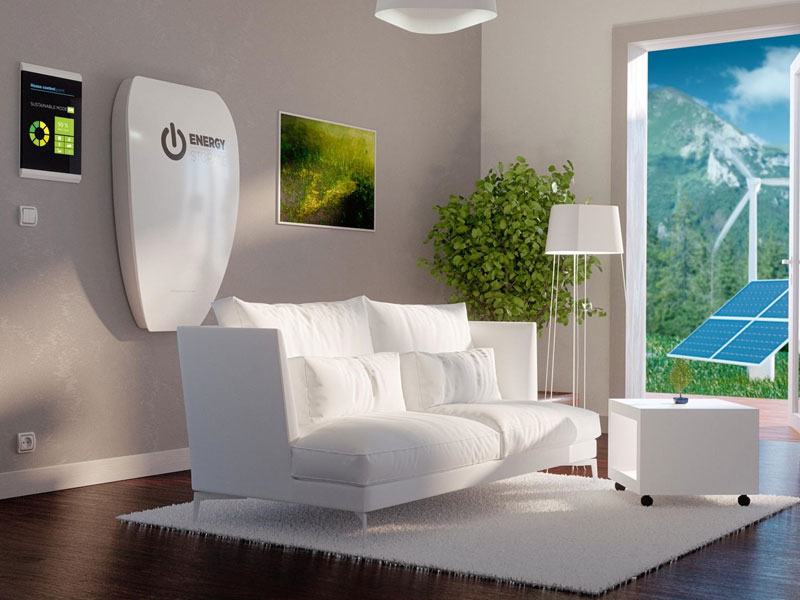Solar panels are the wave of the future when it comes to generating electricity. They rely on solar power, a sustainable energy source. If you think solar panels are only useful for huge buildings like hotels and factories, think again: they are increasingly being installed in homes and neighborhoods of all sizes. Solar panels are an environmentally friendly way to generate electricity, and they can also save you a ton of money every year on your electricity bill. If you're wondering how many solar panels and batteries you'll need to run your home, keep reading. You will also learn how to figure out how many solar panels are ideal for your house.

The excellent efficiency of solar panels and, more obviously, the fact that their use results in cheaper electricity bills, have led to their widespread adoption in recent years. However, because people's housing needs are so diverse and their homes' sizes range so widely, the solar panel kinds and battery capacities that are necessary also vary considerably. The amount of solar panels required for a home is based on several parameters.
Where you live can have a significant impact on your average monthly solar power generation. Some areas receive only 5-6 hours of sunlight per day, while others receive 8-9 hours or more. Depending on the time of year, the average monthly solar power generation might be anywhere from 80 to 130 kilowatt hours.
Note summer and monsoon solar intensity affects the aforementioned range.
Power consumption is the next important factor in determining the optimal number of solar panels and batteries for a home's energy needs. The average monthly power use of your home can now be determined by summing up the power use of the past 12 months and then dividing that total by 12. Keep in mind that the units of energy usage, not the dollar amount, should be added together.
When there is a lack of sunlight, the home is often powered by a battery bank in conjunction with the solar panels. You'll need a certain quantity of batteries for a variety of factors.
Number of Batteries: A battery bank producing around 90 kilowatt-hours of electricity is sufficient to run a typical American home for three days. A battery bank of 38 batteries can supply 2.4 kilowatts of power. However, the quantity of batteries may change based on whether the power generated by the batteries is less or more than expected.
Energy Used: One kilowatt hour is equivalent to 10 hours of operation for a 100-watt appliance. If you use 901 kWh of electricity in a month, that's the same as using 30 kWh each hour.
Batteries have different voltage outputs based on their ampere-hour ratings. As an illustration, a 400-amp-hour battery can supply 4 amperes for 100 hours. The capacity of a battery is expressed in kilowatt-hours by multiplying the typical working voltage by the amp-hour. This is another consideration when planning the optimal number of solar panels and batteries for a home's energy needs.
The time period specifies how long you'd like your solar power system to operate without needing to recharge its batteries. When there aren't enough daylight hours for the solar panels to generate adequate power, the batteries kick in. However, if your home or solar panels do not have access to a primary source of electricity, these batteries will eventually run out of juice.
Solar panels typically last for at least 25 years (300 months). They are built to survive years of use and severe weather. There is a minimum 25-year guarantee on your solar panel. The National Renewable Energy Laboratory found that the average lifespan of a solar panel is 80% longer than its guarantee. Consequently, you can enjoy the advantages for 33 years while only making 25 annual payments.

If you're still on the fence about whether or not to invest in solar panels, here's a short list to help you make up your mind.
Increasing national electricity prices have an impact on your household budget.
The potential for long-term financial gain from a single investment.
The value of your home will increase if you install solar panels on your roof.
Large federal tax credits are available to you, and some states even have their own rebate programs. How many solar panels and batteries are needed to power a home is an interesting question.
The warranty on your solar panels is for a quarter of a century, or 25 years.
Light is captured by solar panels and transformed into chemical energy, which is then used to generate electricity. Here are the processes through which solar panels function and produce energy.
Sunlight is absorbed by them.
The energy from the absorbed light is produced as a direct current (DC).
The electricity is generated, converted to Alternating Current (AC) by an inverter (hybrid or micro), and then transmitted through cables to your home.
Everything that is wired to the panels receives electricity.
If more electricity is produced than is needed, it can be stored in the grid for later use.

The three most common solar panel setups are outlined here.
Most homes in the United States employ a grid-tied system, which connects to both the home and the electric grid. This adapter makes switching between solar and conventional electricity simple. It's the cheapest option out of the three main options.
Another option is a grid-tied system with battery backup, which also has the advantage of being linked to the home's utility grid. The battery bank stores any surplus energy produced and draws from it when the grid is down at night. To what extent a home can be powered by solar panels and batteries is also affected by the type of batteries used.
An unconnected system is called a "off-grid" system. Only your home and the battery bank will have power. This system is the priciest because it relies on a backup battery bank.
When there is enough sunlight, solar panels are able to harvest energy. This implies that a number of factors associated with your home will determine whether or not you require solar panels.
The seasonal shift in the sun's location makes the angle of inclination a critical consideration for electricity generation. So, it's important to pick a position where the tilt is greatest throughout the year.
In addition to the sun, the solar panels are also subjected to the elements like dust and snow. Layers of snow or dust might block the solar radiation from reaching the panel.
Solar panels should be angled so that they face the equator, where they will receive the most sunshine. Your solar panels should be oriented such that the south side faces up if you live in the Northern Hemisphere, and vice versa.
Shadow, If your home is lower than a tree, a pole, or another building, the solar panels will be in the shade. This reduces energy production because it prevents solar energy from penetrating. Solar panels should be installed in locations where they will receive direct sunshine for at least four to five hours every day. The number of solar panels and batteries needed to power a home is also affected by the aforementioned considerations.
the optimal number of solar panels and batteries for home use
The procedure for determining how many batteries or solar panels should be purchased for a home is outlined below.
Step 1, calculate how much electricity you use on a daily basis.
Step 2, research the average number of peak sun hours for your area.
Step 3, decide on a maximum power output for your solar panels. Power output might range anywhere from 250W to 450W.
Step 4: Multiply the aforementioned three figures to determine the number of solar panels required for your property.
Daily electricity use multiplied by peak sun hours multiplied by panel wattage equals the required number of solar panels.
Let's look at an example to see what I mean:
Let’s say your typical daily electricity consumption is 40 kilowatt hours. The typical panel has a 400-watt output, and the average peak solar hours is 5 per day.
Using the formula: 40,000 watt-hours * 5 hours * 400 watts * 20 solar panels.
That's twenty solar panels right there to keep your home running.
It is important to measure the size of your roof or terrace to determine how many solar panels you can fit there if you plan to install them yourself. To what extent do you feel this discussion about home solar power and battery storage has been helpful to you? All solar panels are larger than 300 watts, with an average size of 2 meters by 1 meter (6.5 feet by 3.25 feet). It has a usable surface area of roughly 2 square meters (21.50 square feet).
Required Solar Panel Area = (Total Number of Solar Panels) (Each Solar Panel's Area)
To calculate the required space for 7.8 kW of solar panels, multiply 24 by 21.50 to get 516 square feet.
The necessary square footage for a solar array is listed below for your convenience.
Size of Solar System Number of Panels (330 watts) Area Required
1 kW 3 65 square feet – 90 square feet
2 kW 6 145 – 180 square feet
3 kW 9 205 – 270 square feet
4 kW 11 193 square feet
5 kW 12 285 – 450 square feet
6 kW 17 270-280 square feet
8 kW 22-25 580 – 720 square feet
10 kW 30 750 – 900 square feet
The answer to this question is heavily dependent on your geographic location and the efficiency of your solar panels. However, knowing your monthly energy needs in kilowatt-hours will help you determine how many solar panels you'll need.
Monthly electricity consumption
Peak solar radiation received per square meter every month (1 peak sun hour = 1000 watts).
Monthly power ratings of the solar panels you are evaluating
Formula:
Power output of the solar panel = monthly electricity consumption * 1000 / monthly peak sun hours / power output of the solar panel
Here's an illustration to help you grasp the concept more fully.
Total energy used equals 893 kilowatt hours.
Calculating in kilowatt-hours, this translates to about 6203 hours per month of peak sun, or 5.2 hours per day, multiplied by 31 days.
Solar panels have a 400-watt power output.
6203 / 400 = 15.50, which we will round up to 16.
To generate 1 MWh from solar, you would need approximately 16 panels. The number of solar panels and batteries needed to power a home can be calculated with this information.
Consider the cost of a 1000 kilowatt-hour solar system after you've determined how many solar panels you'll need to produce 1000 kwh per month. Prices are categorized differently in various nations. The following table is a general guideline for what you can expect to pay in the United States.
Size of the System (in kilowatts) Average Cost ($) (without tax credit) Average Cost ($) (After tax credits)
2 5620 4159
3 8430 6238
4 11240 8318
5 14050 10397
6 16860 12476
7 19670 14556
8 22480 16635
9 25290 18715
10 28100 20794
12 33720 24953
15 42150 31191
20 56200 41588
25 70250 51985
It all comes down to the gadgets you're willing to run on solar energy. Here, you can use the following as a guide to figure out how many panels you'll need.
Four 15-watt bulbs equals 60-watts of power.
60 watts equals 1 fan
Duration of Show: 4 hours
Luminous Time = 6 Hours
To start, determine the overall power consumption by:
There are a total of 210 watts, or 60 plus 60.
For your appliances to run nonstop for 4 hours, this is how much electricity you'll need from the solar panel.
Determine the daily energy needs by:
Needed daily solar power equals 120 watts multiplied by 4 hours, or 480 watt-hours.
Find out how much you'll have to pay to run your appliances on solar electricity.
480 watts needed to run for 6 hours is 80 watts of power usage per hour in direct sunlight.
To power all of these devices, you'll need a solar panel with a power output of 80 watts per hour. Not taken into account are variables such as the potential size differences among backup batteries, inverters, and charge controllers. Knowing this, you can purchase the appropriate size solar panel for your home's energy needs.
A typical monthly bill for a 1500 square foot home is around $100. The aforementioned algorithm can be used to determine the required number of panels. To what extent can a 1500 square foot home be powered by solar energy? However, a conservative estimate suggests that you'll need somewhere between 15 and 18 solar panels to power your home. This varies with factors such as latitude, solar radiation, and energy needs.
Installation expenses can be anywhere from $15,000 to $300,000. Companies provide financing and other incentives to lessen the financial impact of this outlay, so you won't have to shell for the full amount immediately.
To power a home using solar energy and batteries, you now know how many you will need. To generate 1000 kWh monthly using solar panels, how many would I need? The quantity of sunlight captured by solar panels provides the answer. What size solar panel (kilowatts) do I need for my house? In order to answer this question, you'll need data on energy use, solar power generation, and solar panel output. Figure out how many solar panels you'll need and treat yourself to one this season.

扫码关注
We use cookies to understand how our audience uses our site.
Renon Power websites use cookies to deliver and improve the website experience. See our cookie policy for further details on how we use cookies. Privacy Policy